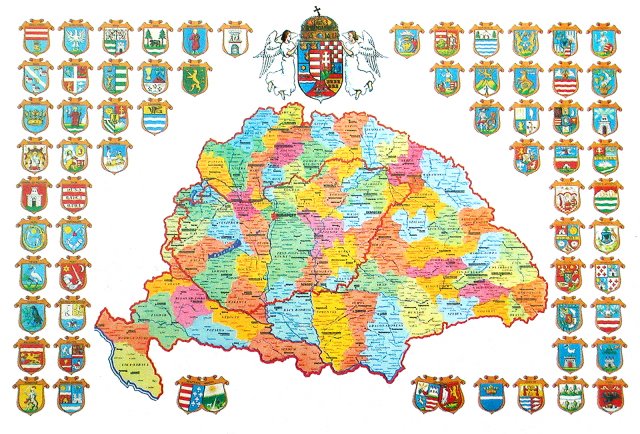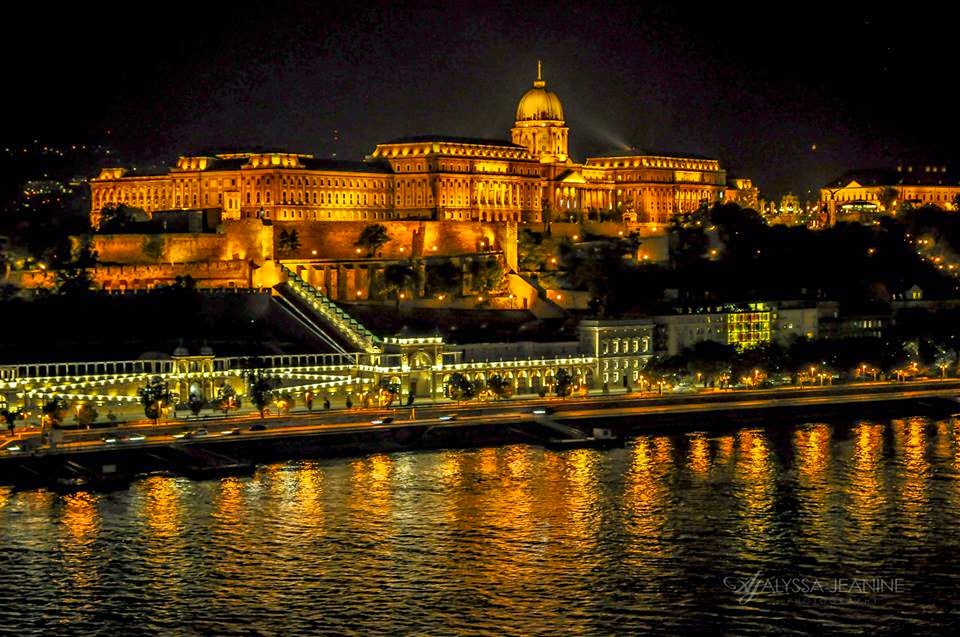Exquisite Paste | Who Needs Diamonds?
By Wendy Ilene Friedman
Photos courtesy of The Three Graces Exuberant French peony pink and grass green cut glass (a k a “paste”) earrings with black and white enamel, circa 1890-1900. My friend Robin searched for nearly a year to find the earrings she wore at her wedding. She did not turn into an obsessive Bridezilla by any means, but she definitely wanted a specific look. And she will be the first to attest that she “tried on every pair of antique earrings in Manhattan” to achieve it. The problem was that she wanted authentic antique diamonds, but with a limited budget, it was clear that diamonds were not this girl’s best friend. In fact, with the price tags she came across, they were no friend at all. So while her first choice would have been to find real yet affordable gemstones, in the end she selected a pair of antique Georgian paste, which by most untrained eyes looks like the real McCoy. The total bill for the 18th-century danglers was $550; a similar pair made of diamonds could run in the thousands of dollars. “If I had any budget in the world, I would have gone with 10 other options,” she admits. “But paste is the only viable option if you’re not willing to spend the money.” And she is in good company. King George III and IV, along with other royals and high-ranking members of society, wore paste jewelry. And they certainly could afford whatever they wanted. According to the antique jewelry dealer and historian Jacquelyn Babush, “they knew it was paste, but it was the look they were going for.” Paste is essentially hand-cut glass. The glass is placed on a metallic foil base, sometimes colored, that causes an effect similar to the glitter of gemstones. Because glass has a more pliable consistency and is less costly than real stones, craftspeople were able to create very elaborate pieces and go beyond what they could accomplish with diamonds.

From left: Refined Georgian teardrop dangle earrings in silver, circa 1800; Georgian shuttle or eye-shaped multi-colored paste brooch, circa 1790; French four-part bow and teardrop paste earrings in silver, circa 1850. According to what Babush considers the bible of paste jewelry, “Antique Paste Jewelry” by M.D.S. Lewis, “[paste] cannot be regarded simply as a mere simulation of something more valuable. It was made to achieve certain decorative effects which for technical reasons are rarely realized with diamonds and other precious stones.” Many collectors will agree with Lewis that “antique paste jewelry should be considered an art form in its own right.” The process of making glass jewelry dates back to medieval times but is mainly credited in the Georgian (1714-1830) and Victorian (1837-1901) periods. Where the term “paste” originated is debatable, but some believe it derives from the Italian word “pasta” — understandable since pasta is soft and easily shaped into forms. Babush theorized that the name eventually transformed into the more easily pronounced paste “because the English had to call it something.” The jewelry reached the peak of its popularity in the early 18th century, mainly due to the work of a jeweler named Georges Frederic Stras. Stras moved from Strasbourg to Paris in 1724, and within a short period of time he was appointed “Jeweler to the King.” To this day, many people refer to fine-quality antique paste as Stras. No matter what you call it, paste is rare to find. Babush estimates that about 60 percent of the pieces in existence today came from England and France. And it is nearly impossible to find pieces that date back further than 1700. They simply did not survive. But the expert warns that pieces do vary in value. She explained that as the years progressed, in particular during the Victorian era, paste was increasingly mass-produced and lost its quality and craftsmanship. My friend Robin got lucky. Although not diamonds, she did get a valuable piece. Babush says Georgian earrings in good condition are hard to come by. Most important, she got the look she wanted for her wedding day. Besides, if it was good enough for Marie Antoinette, Queen Elizabeth I, two King Charleses and Madame du Barry, who needs diamonds anyway?
http://themoment.blogs.nytimes.com




























































